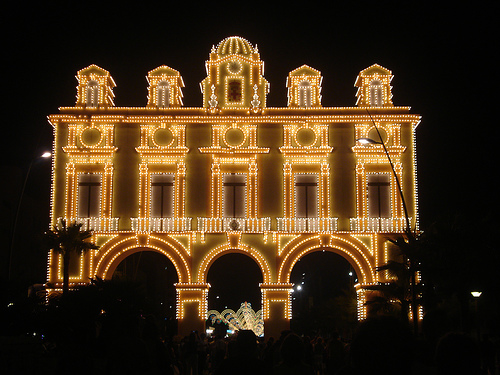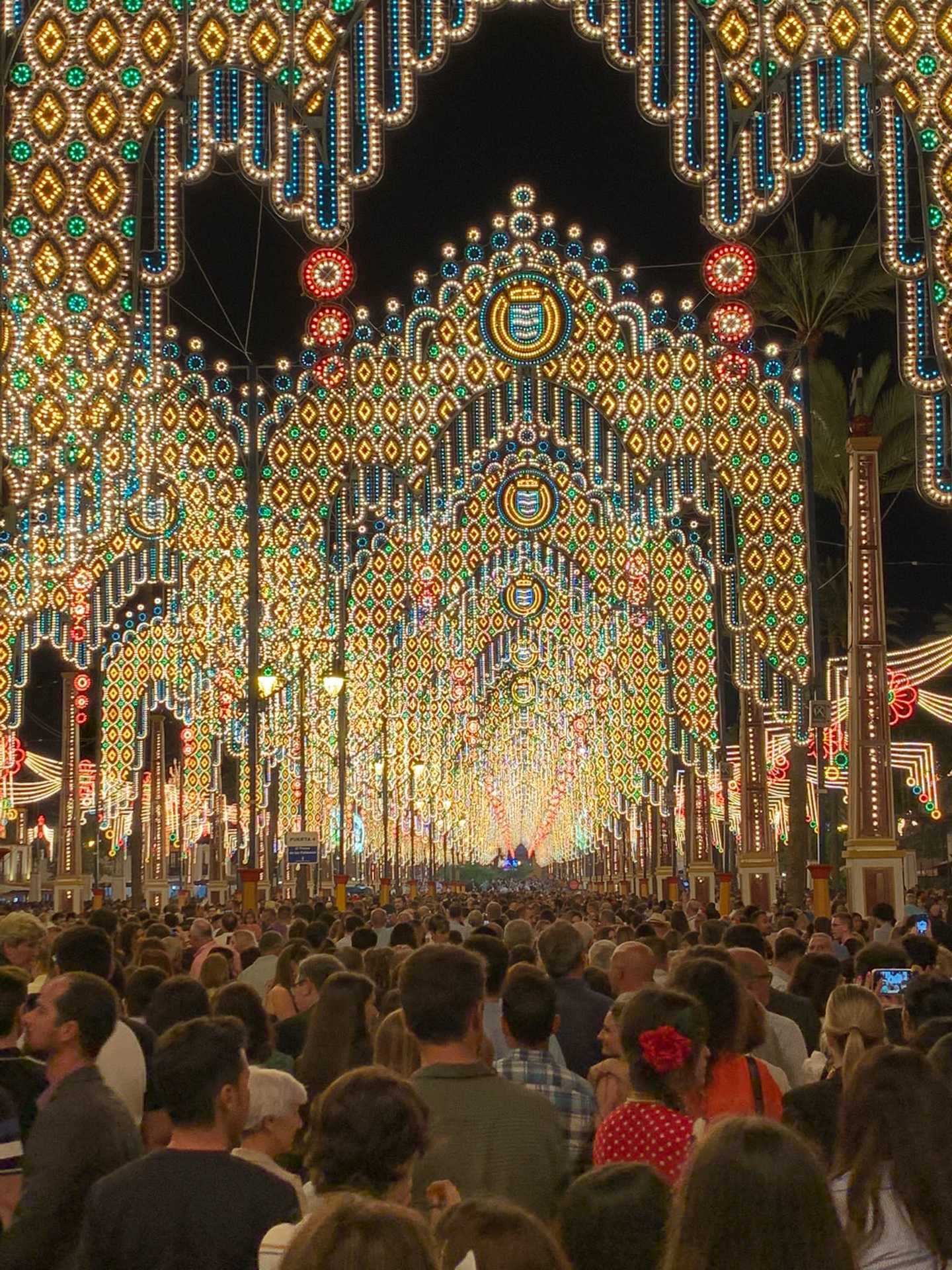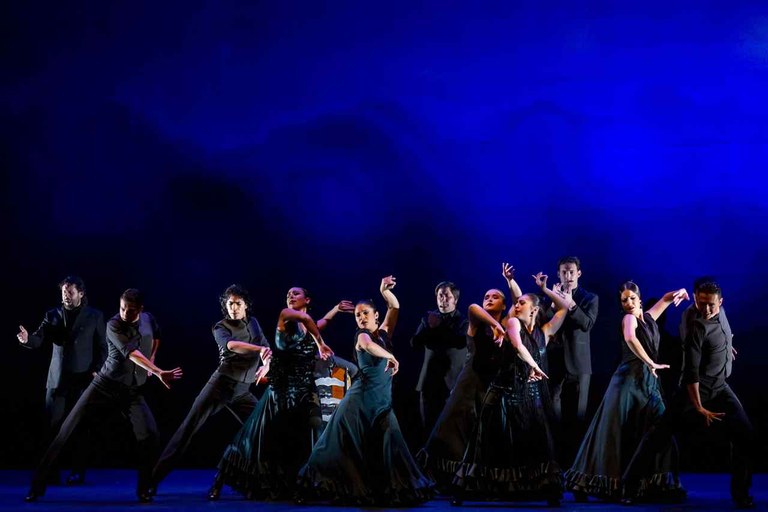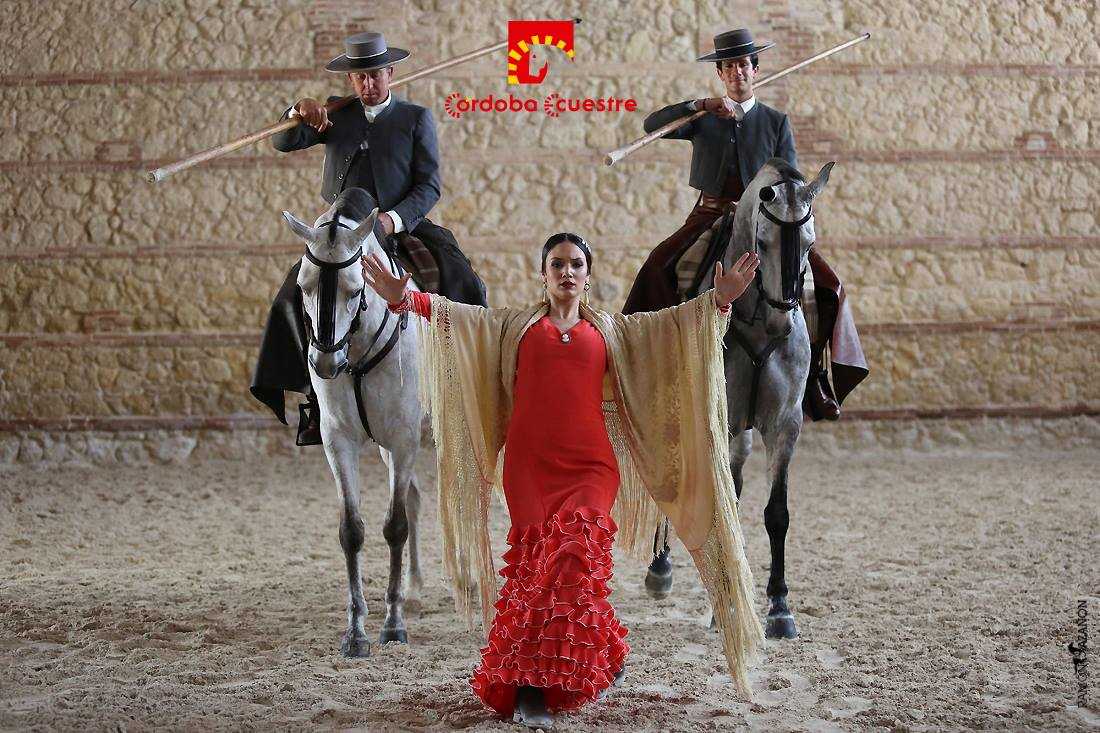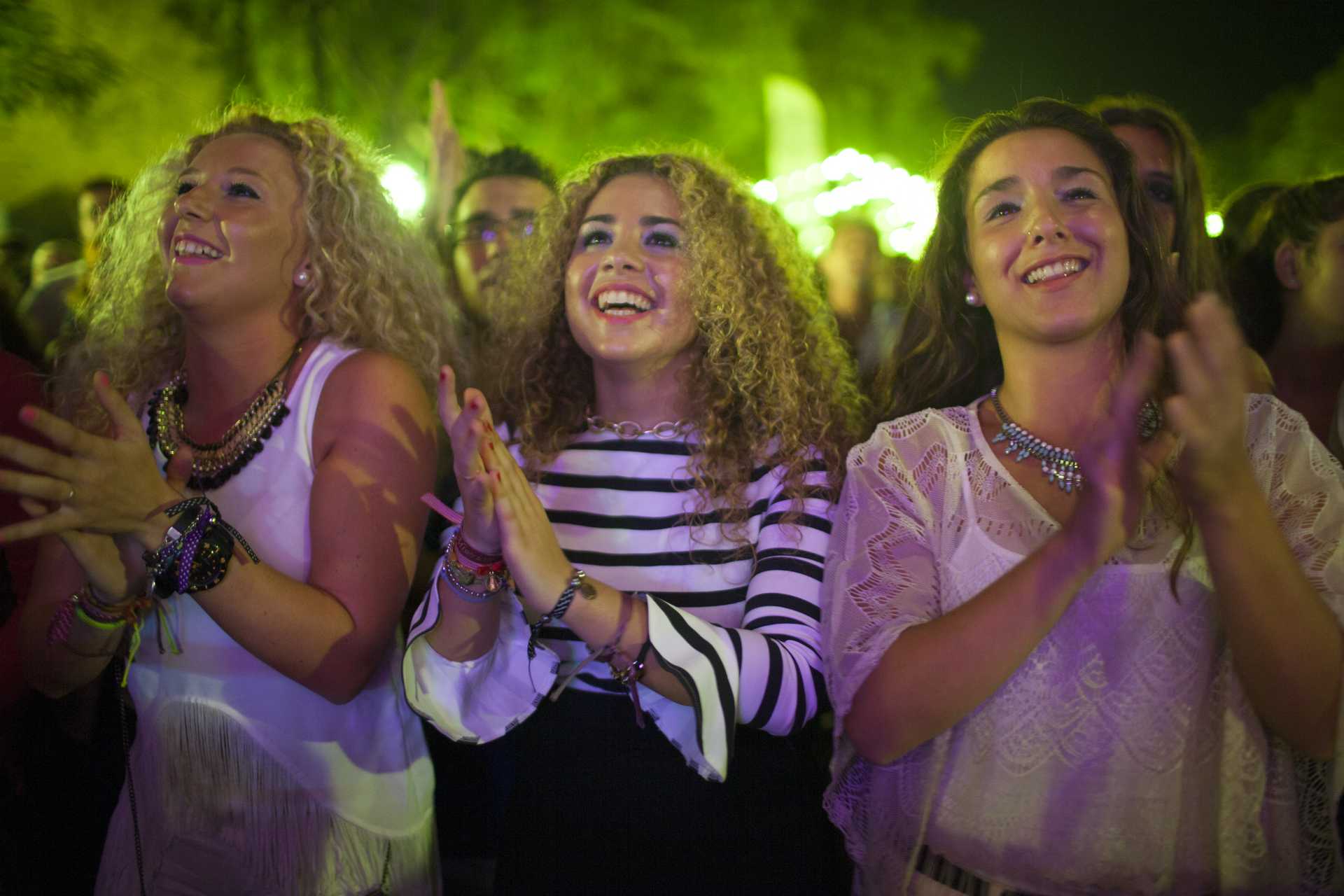
The great creators. The flamenco Golden Age. The 'Cafés Cantantes' establishments
At the end of the XIX century flamenco was already a widely spread art throughout Andalucía. In Cádiz, mother of the song 'por cantiñas', figures such as el Chiclanita, Dolores and Alonso del Cepillo, José de los Reyes and el Negro del Puerto arise and there is record of singing centres such as El Puerto de Santa María, Puerto Real, San Fernando, Sanlúcar, Chiclana and Arcos.
Jerez de la Frontera also deserves to be mentioned, another of the original centres of flamenco, and above all the neighbourhoods of Santiago and San Miguel. From there are no less than Manuel Soto Loreto, El Torre, and don Antonio Chacón.
However, a little before these maestro's came onto the scene, the history of flamenco affronts a crucial moment. In the same era, singers such as Silverio Franconetti, Tomás El Nitri and Juan Breva coincide. Amongst them, fierce competition arises, to such a point that el Nitri refuses to sing in front of Silverio, in order not to feel supposedly ridiculed in front of the maestro of Italian ascendance. On the contrary, the 'Primer Llave de Oro del Cante' (first golden key of song) in history is awarded to Tomás El Nitri, who receives this prize as a gift for his skill during a party.
All these circumstances could have ignited sparks in Silverio, who on seeing the passion instilled by this art decided to set up a 'café cantante' at number 4 Calle Rosario in Sevilla. At this moment, flamenco has become a professional art form. Despite the acceptance in the cited cafes, a certain sector of the genre maintains the song of days gone by within the minorities. This is the case, for example, of the 'Gordos de Alcalá', a family from Triana whose major representative is, according to Antonio Mairena, Joaquín el de la Paula, or afterwards by Tío José de Paula and Agujetas el Viejo in Jerez.
In this era the following artist triumph on stage: Las Coquineras, La Macarrona, don Antonio Chacón, Francisco Lema "Fosforito el Viejo" -the main adversary of the maestro from Jerez-, el Perote, El Mochuelo, El Macaca, El Diana, Cayetano Muriel el Niño de Cabra, El Canario, Fernando el Herrero, La Rubia de las Perlas or el Garrido de Jerez, amongst many others.
We are now in the XX century and in the 20's retaking the testimony of the art of an unequable generation. The names of Pastora Pavón Cruz "La Niña de los Peines", Arturo and Tomás Pavón, Manuel Torre, Manuel Vallejo, El Gloria, Las Pompis, Juanito Mojama, Bernardo el de los Lobitos, El Niño Escacena, Pepe el de la Matrona, Manuel Centeno, El Cojo de Málaga, Juan Varea, Pepe Pinto, Sebastián el Pena, el Niño de Marchena, Manolo Caracol, Tía Anica la Piriñaca, Tío Gregorio el Borrico and Juan Talega.
Events calendar


